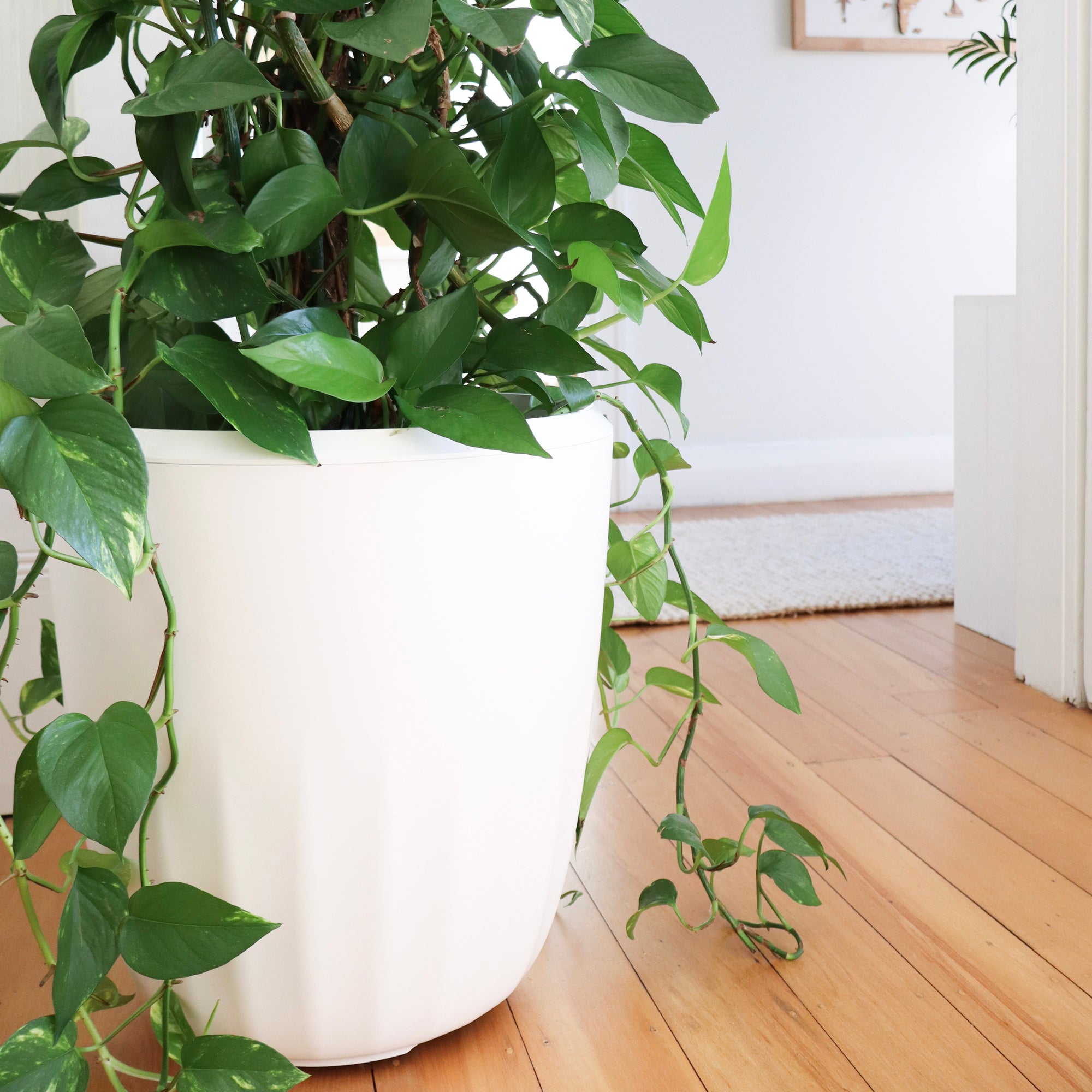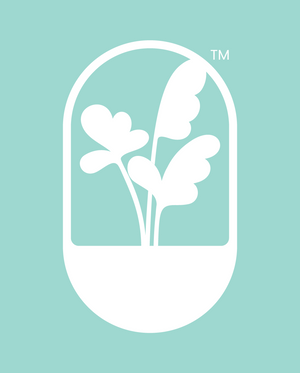
Are Self-Watering Pots Worth the Hype?
Let’s Unearth the Truth: Do Self-Watering Pots Work?
I have always found self-watering planters to be an intriguing concept and a potentially great solution for thirsty plants. As a time-poor plant parent with better things to do with my day, I love the idea of letting my plants fend for themselves while I’m playing with my kids or tending to the rest of my (extremely long) to-do list.
There are a wide variety of self-watering containers on the market, catering to the boom in demand for indoor plants, home gardening and easy maintenance solutions. But do these pots actually work?

(Source: backyardbotanist.com.au)
A Self-Watering Planter Will Work, But It's a Little More Complicated...
It sounds simple: your plant gets to chill in its pot, in the exact light and humidity conditions it likes, with a reservoir beneath it to keep it hydrated.
These pots use a basic self-watering system design, where the pot and the reservoir are connected through a wicking action. When your plant gets thirsty, the plant's roots are said to wick water up from the reservoir, keeping itself hydrated without the need for constant nannying. Supposedly, it’s like a self-care routine and you can throw the plant watering schedule out the window.
Whether you’re a green guru or a botanical beginner, who doesn’t want to outsource their plant care chores to these amazing pots? Especially if you have a penchant for plants that thrive in very moist soil or wet, humid environments.

(Source: Greenlife.com.au)
So How Effective are Self Watering Planters?
There is no denying that a self-watering container can prevent leaks and messes, which is a win for your floors and chore load. Most of their labels will instruct you to water your plant over the top of the potting soil for the first watering, then only fill the water reservoir (water storage tank or tray) at the bottom for future sessions.
Even if you continue watering over the top, the reservoir acts as a catchment for excess water and the pot’s false bottom provides ample drainage, which helps to prevent overwatering and soggy roots.
But can you really save your precious time and sanity by following the self-watering process? And does this mean your plants will stay alive?
Well, unfortunately these pots have some pitfalls that may deny the elevation of your plant game to legendary status:
> One-size-fits-none: plants, like people, have unique personalities. Some are drama queens (I’m looking at you, Miss Calathea), while others are super chill. But these pots assume all plants have the same hydration requirements. The PerkyPod Plant Care Survey of 2022 discovered most plant parents find that their plants still droop when there is water present in the reservoir.
> Out of sight, out of mind: I’ve seen tons of these types of pots and none have a reservoir that is easy to see inside to check there's any water remaining. If there is no visual queue, how do you know when you need to refill the water? And, if it's actually full, watering your plant over the top may lead to an overflowing mess.
> Reservoir reservations: the reservoirs are difficult to pour water into as they only have a small access hole. Because of this, most respondents to PerkyPod’s 2022 survey reported they rather quicker water their plant over the top rather than fill the reservoir. Also, these reservoirs often connect to the top part of the pot using multiple snap-on connectors, but they can be impossible to re-connect if they're pulled apart for cleaning.

(Source: target.com)
> Smells and stains: the water in the reservoir can remain there for weeks, if not months. This water can turn foul and smelly, algae can grow, and discoloured limescale deposits can build up over time around the reservoir’s rim. Not so appealing, especially when seaweed tonics and fertiliser are involved.
> Pesky pests: I will never forget the mosquito infestation in my first adult home circa 2005 – it took me months to realise they were laying eggs in the stagnant water trapped in the pot! Unfortunately, the water in a self-watering pot cannot be removed easily. It requires tipping the planter completely over on its side, which can lead to soil spilling out and damaged foliage.
> Out of proportion: these pots do have a bad rep in the looks department as they most often resemble plastic buckets with a joint around their midsection. Also, the proportions are often wrong – the depth is too short compared to the width. This can lead to upsizing the pot to get the required depth, but then having to add extra potting mix to fill around the pot’s edges. Not only is this wasteful, but your plants can become too heavy to move around.
(PerkyPod vs self-watering plant pots: pros and cons)
Final thoughts
The bottom line is that, while self-watering planters have some issues to iron out, they’re not the world’s worst option for plant care. They can provide good drainage, prevent leaky messes and lighten your mental load in the short term. However, to ensure maximum plant perkiness, they’re probably best used with the over-the-top watering method to ensure you’re not solely relying on their ‘wicking’ concept.
Plant care is a bit of a balancing act. If you like the idea of being able to empty excess water, avoid pests, stop stains and avoid smells in addition to preventing leaky messes, you’ve come to the right place with PerkyPod. A PerkyPod pot solves all these problems and turns your plants into the spritely superstars they were born to be.



